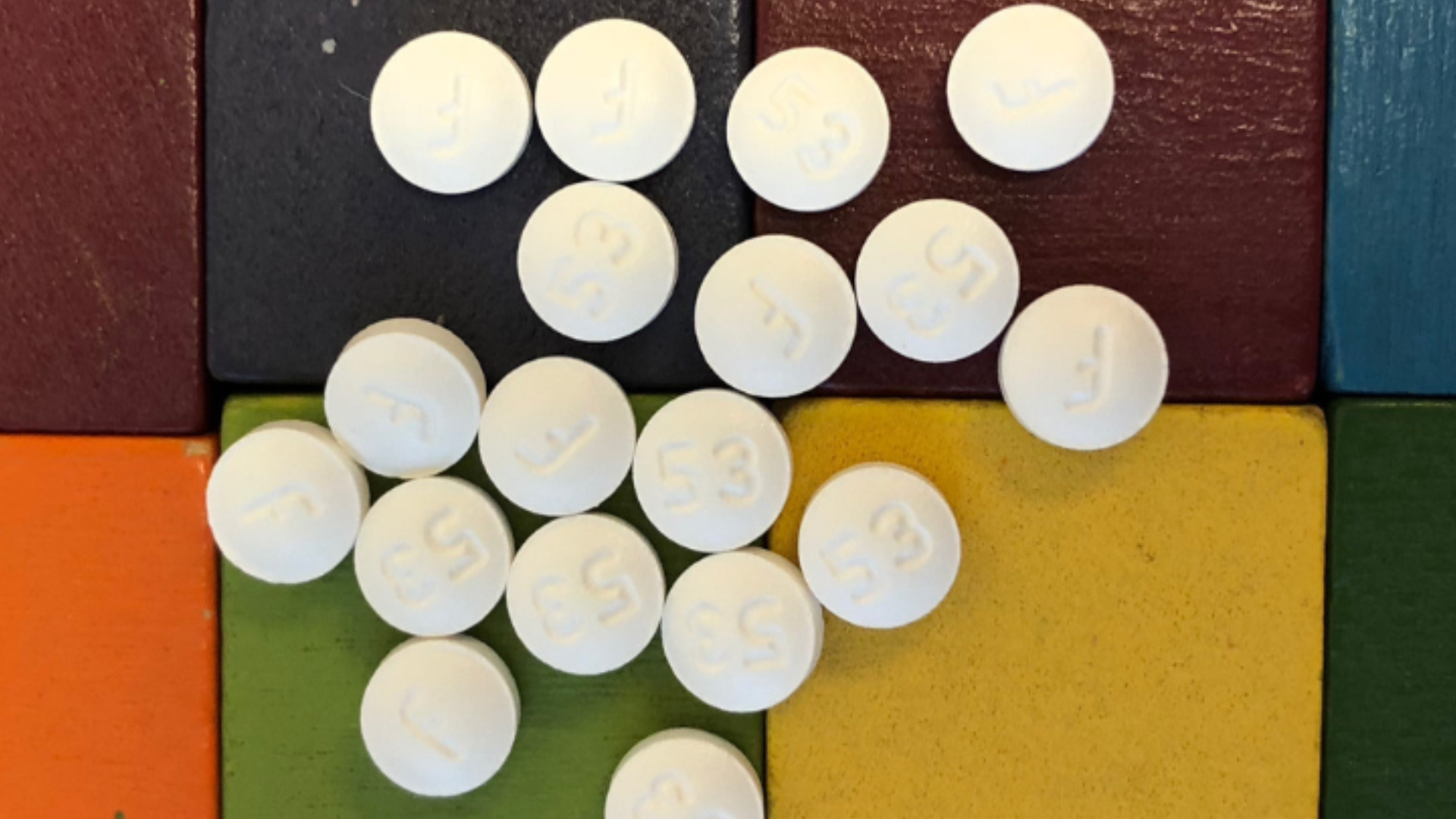The Pros and Cons of Using Generic Drugs

The last time you had a prescription filled, chances are it was for a generic drug, a medication that's biologically equal to a brand-name drug in terms of dosage, safety, strength, quality, performance characteristics, the way it's taken and should be used. In fact, nine out of 10 prescriptions filled are for generic drugs.
Why, exactly, are generic medications so popular?
Here's a closer look at the pros and cons of generic medications:
The Pros of Generic Drugs
Lower cost: By far, the main reason so many people opt for generic drugs is that they're less expensive than brand-name drugs. According to the U.S. Food and Drug Administration (FDA), generic medications can cost, on average, 80 to 85% less than brand-name equivalents.
Why so much less? Brand-name drugs are typically more expensive because of the much higher initial costs to research, test, market and sell a new drug. As a result, drug makers receive exclusive rights (a patent) for 20 years after a drug is invented. Once the patent expires, other companies can produce cheaper generic versions of the drug, copying what already exists without the cost of research and development.
Safety: A generic medicine must meet high standards to receive approval from the FDA, proving it works in the same way and provides the same clinical benefit as its brand-named version. Plus, the FDA conducts 12,000 inspections of manufacturing plants in the U.S. alone each year to ensure compliance with the agency's regulations on good manufacturing practices.
The Cons of Generic Drugs
Risk of sensitivity or intolerance: By law, the active ingredient in a generic drug must be the same as the original drug, but generics may include different inactive ingredients such as preservatives or fillers. These differences rarely cause any clinically significant problem for the patient, but in rare situations, a patient might have a sensitivity or intolerance to these inactive ingredients.
Medicines can look different: Trademark laws prohibit a generic drug from looking exactly like its brand-name version, so if you've switched to a generic drug, its shape, color or size may be different from what you're accustomed to taking. What's more, when you refill a generic prescription, the refill could be made by a different manufacturer and look different. This can possibly lead to medication confusion or errors, which is why pharmacies put unique labels on medicine vials to alert you to any changes in your drug's appearance.
In today's cost-conscious health care environment, you may increasingly find that your insurance plan will not cover brand-name medications, or your copay is higher. Fortunately, most medications are now available in generic form, with no major issues for the vast majority of patients who take them. In Massachusetts, generic substitution is required by law unless otherwise specified by the provider.
If you have any questions or concerns about taking a generic versus a brand-name medication, be sure to talk to your doctor.
Note: The content of this blog is for informational purposes only. It is not intended for use as diagnosis or treatment of a health problem or as a substitute for the professional consultation of a physician or qualified health care provider. If you have specific questions or concerns regarding a health or medical condition, contact your physician or a licensed health care professional.



